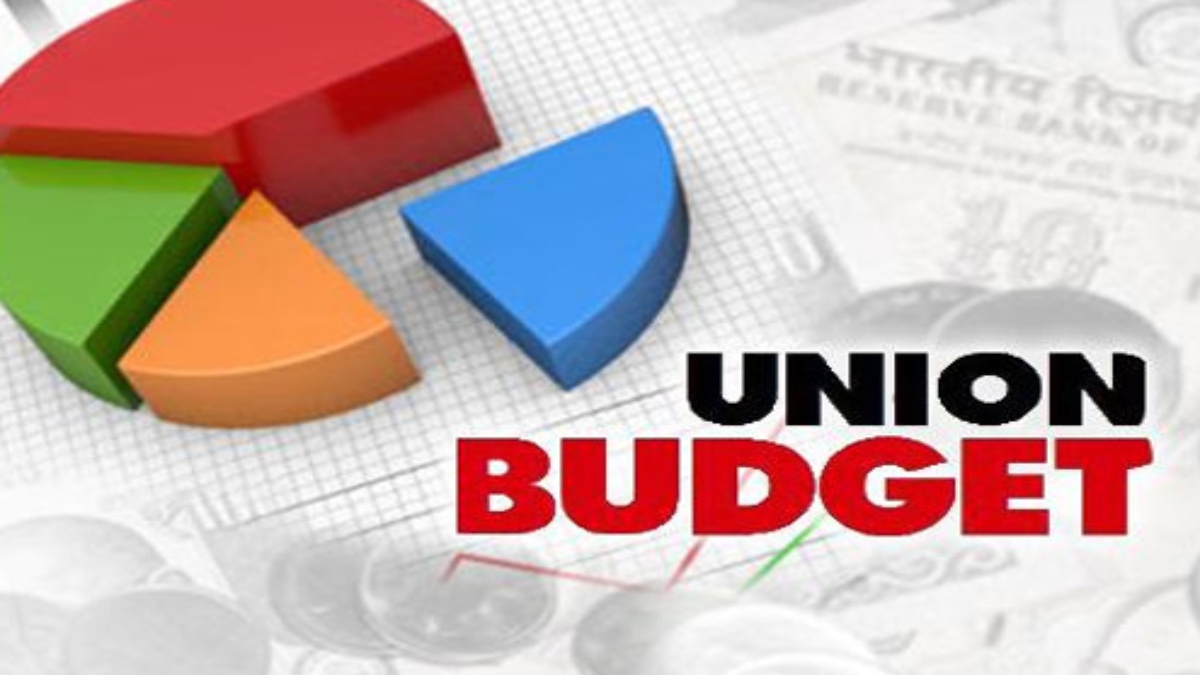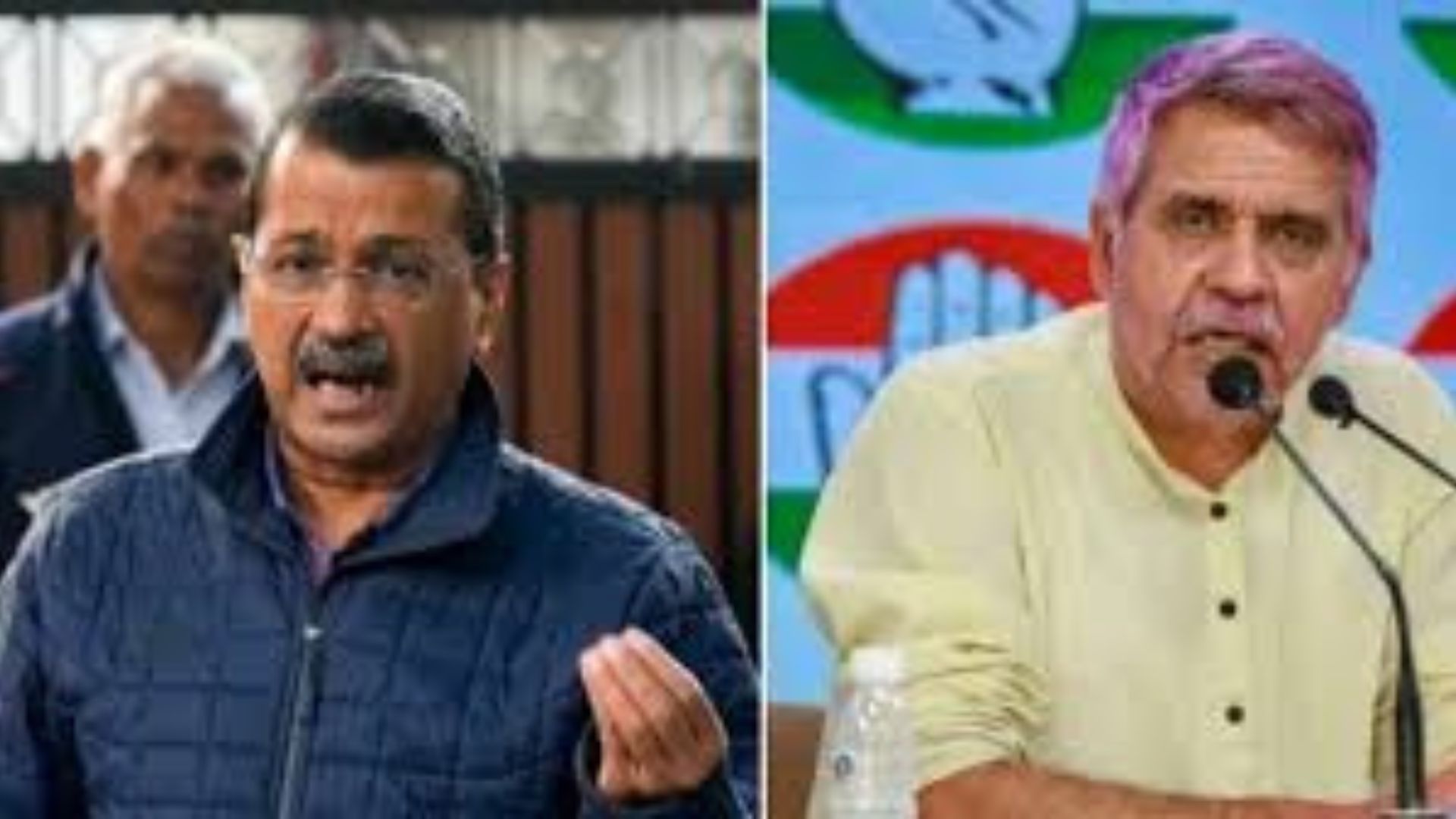Finance Minister Nirmala Sitharaman presented India’s Union Budget last week, terming it growth-oriented and pro-development. All eyes were fixated on the budget as citizens were looking for respite as the country continues to struggle with the third wave of the Coronavirus pandemic and state elections for Uttar Pradesh, Punjab, Uttarakhand, Goa are right at the helm. India’s Union Budget 2022-23 aimed at laying down the foundation of the economy for the next 25 years. Repeated waves of the Coronavirus pandemic have continued to disrupt supply chains globally and spark inflationary pressures on the economy. However, the Indian economy is expected to register a growth rate of 9.27 per cent in the current financial year, implying that the overall economic activity has recovered from the pre-pandemic levels. With the major aim to boost domestic manufacturing and create jobs to combat the rising unemployment in the country, the Union Budget revolves around four key pillars: inclusive development, productivity enhancement, financing investments and PM GatiShakti. Let us take a deep dive into the policies and changes being introduced by the budget, what the experts think about the same and whether the budget leaves anyone behind.

Union Finance Minister Nirmala Sitaraman announces plan of PM Gati Shakti Programme – a ₹20,000 crore national logistics infrastructure development plan. Source: Toss Hub
KEY FINDINGS AND POLICY CHANGES

Source: Wikimedia Commons
One of the most talked about elements of the Budget was the emphasis on the PM Gati Shakti Master Plan, launched last year, which has been cited as a transformative approach to boost economic growth and sustainable development driven by its seven engines. This includes mass transport, waterways, railways, roads, airports, ports, and logistics infrastructure. Projects relating to transport and logistics infrastructure in the National Infrastructure Pipeline will be aligned with the PM Gati Shakti framework, including the construction of around 25,000 kilometres of national highways and expressways at a cost of INR 20,000 crores, 400 new trains, 2,000 kms of rail networks, 100 cargo terminals, and multi-modal logistics parks. Industry observers say the government’s endeavour to encourage integrated logistics and multimodal connectivity through the Master Plan will improve the fragmented logistics industry in India.



Additionally, as part of the inclusive development pillar of the budget, some of the key developments included the aimed coverage of 3.8 crore households in the Har Ghar, Nal SeJal scheme in FY23, the PM-DevINE scheme to fund infrastructure and need-based social development in the North East, the aspirational blocks programme, vibrant village programme, and digital banking in post offices and commercial banks programme. As part of the productivity enhancement front, important steps such as the integration of central and state level systems through IT bridges, end-to-end e-billing system and utilising surety bonds in government procurement, support to 5G, and opening defence research and development for industry, start-ups and academia were also announced.
Taxation is another widely watched element of any Union Budget. For 2022-23 on the direct tax front, no changes have been introduced to the basic income tax exemption limit, income slabs, and tax rates. The surcharge rate on all long-term capital assets have been capped at 15 per cent. Apart from this, the government also announced a 30 per cent tax on income from the transfer of virtual digital assets. This move was welcomed by companies in the sector who think this offers clarity on the future of cryptocurrency in the country, but heavily criticised by investors. This was reflected in the statements issued by industry leaders such as CEOs of Indian crypto exchange platforms including WazirX, CoinCDX, etc. Additionally, the surcharge on the tax payable on long-term gains from capital assets other than equity funds and stocks, (like property, unlisted shares, artefacts, etc.) is proposed to be capped at 15 per cent (as opposed to the previous 37 per cent). The move has been introduced to benefit high net worth investors (HNIs) and startup investors who hold equity in unlisted companies. Some tax benefits for startups and new companies engaged in manufacturing were also introduced, including the option for a tax holiday for three years if startups can incorporate by 31 March 2023.
WHERE IS THE UNION BUDGET 2022-23 LACKING?
 Budget 2022: FM announced allocation of Production Linked Incentives worth ₹19,500 crores for solar modules Source: Wikimedia Commons.
Budget 2022: FM announced allocation of Production Linked Incentives worth ₹19,500 crores for solar modules Source: Wikimedia Commons. In a move towards cooperative federalism, State Governments are to receive ₹ 1 lakh crore 50-year interest-free loans to fund PM Gati Shakti-related projects. Source: Wikimedia Commons
In a move towards cooperative federalism, State Governments are to receive ₹ 1 lakh crore 50-year interest-free loans to fund PM Gati Shakti-related projects. Source: Wikimedia Commons FM announces increase in employer contribution to National Pension Scheme for State Government Employees from 10% to 14% saving the state government employees from paying additional tax. Source: Wikimedia Commons
FM announces increase in employer contribution to National Pension Scheme for State Government Employees from 10% to 14% saving the state government employees from paying additional tax. Source: Wikimedia Commons


While several initiatives and measures introduced in the 2022-23 budget have been lauded by financial experts and industry leaders, several stakeholder groups, including farmers, and Micro, Small and Medium Enterprises (MSMEs) have registered a negative response to the budget. Some of the key criticisms include the lack of significant increase in government spending on healthcare, particularly in light of the second wave of the COVID-19 pandemic. Similarly, the move to lower the allocation of key schemes, including food and fertiliser subsidy and allocations for the Mahatma Gandhi National Rural Employment Guarantee Scheme (MGNREGA), and PM-Kisan schemes as compared to last financial year has been criticised. In particular, the allocation of only INR 73,000 crore to the flagship rural jobs scheme, MGNREGA, which is 25 per cent lower than last financial year, has been widely criticised.
Various financial and policy experts have also noted the lack of a comprehensive employment policy. This is of particular importance in light of the large-scale unemployment being induced by the COVID-19 pandemic. Ravi Srivastava, Director of Centre for Employment Studies, Institute for Human Development, has said there is a need for an employment-centric growth strategy, not the constant fetishising of GDP growth which acknowledges the importance of the informal sector and MSMEs in job creation and hence, the budget should offer initiatives to promote such enterprises. The budget has also evoked a negative response from farmers who said provisions for agriculture were disappointing and even silent on their key demands. Key demands included the implementation of the recommendations of Swaminathan Committee Report on Agriculture or statutory guarantee of Minimum Support Price (MSP) for agricultural produce and abolition of GST on ingredients supplementing agricultural activities like power tiller, insecticides, pesticides, fertilisers, and tractors.
Financial and credit advisory firm, Moodys, also highlighted in its analysis that the budget lacks any concrete measures to increase revenue generation. Although capital expenditure plans have increased significantly, the fiscal deficit estimates suggest the government is relying on strong growth to help drive fiscal consolidation. Various spending initiatives are not accompanied by any significant announcements related to further increased revenue generation, causing alarm. Jeremy Zook, the director and primary sovereign analyst for India at Fitch Ratings, has also raised concerns about fiscal deficit targets and the lack of major structural reform announcements.
Contributing reports by Damini Mehta, Junior Research Associate at Polstrat and Aakarshan Singh, Anurag Anand, Siddharth Malik, Interns at Polstrat.







